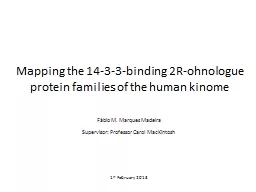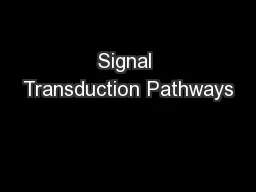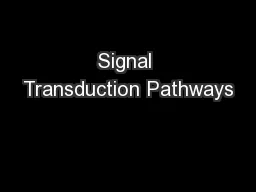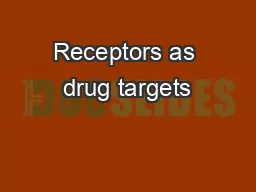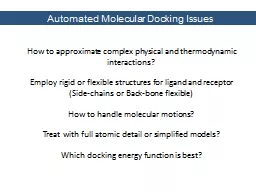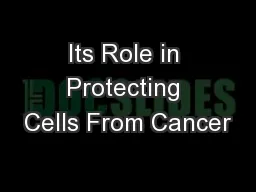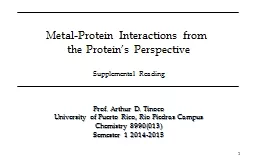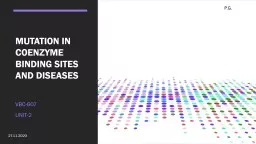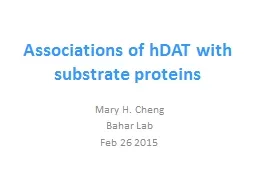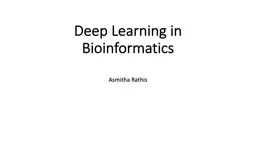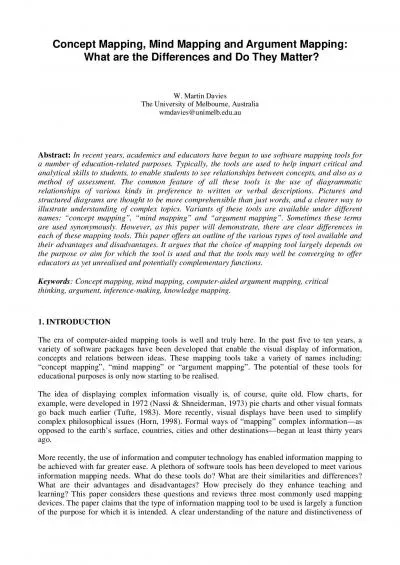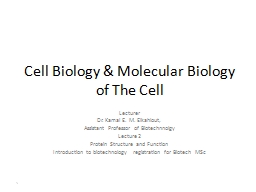PPT-Mapping the 14-3-3-binding 2R-ohnologue protein families of
Author : karlyn-bohler | Published Date : 2016-05-26
kinome Fábio M Marques Madeira Supervisor Professor Carol MacKintosh 1 th February 2013 1433s dock onto pairs of tandem phosphoSer Thr P P Kinase 1 Kinase 2 Hundreds
Presentation Embed Code
Download Presentation
Download Presentation The PPT/PDF document "Mapping the 14-3-3-binding 2R-ohnologue ..." is the property of its rightful owner. Permission is granted to download and print the materials on this website for personal, non-commercial use only, and to display it on your personal computer provided you do not modify the materials and that you retain all copyright notices contained in the materials. By downloading content from our website, you accept the terms of this agreement.
Mapping the 14-3-3-binding 2R-ohnologue protein families of: Transcript
Download Rules Of Document
"Mapping the 14-3-3-binding 2R-ohnologue protein families of"The content belongs to its owner. You may download and print it for personal use, without modification, and keep all copyright notices. By downloading, you agree to these terms.
Related Documents

